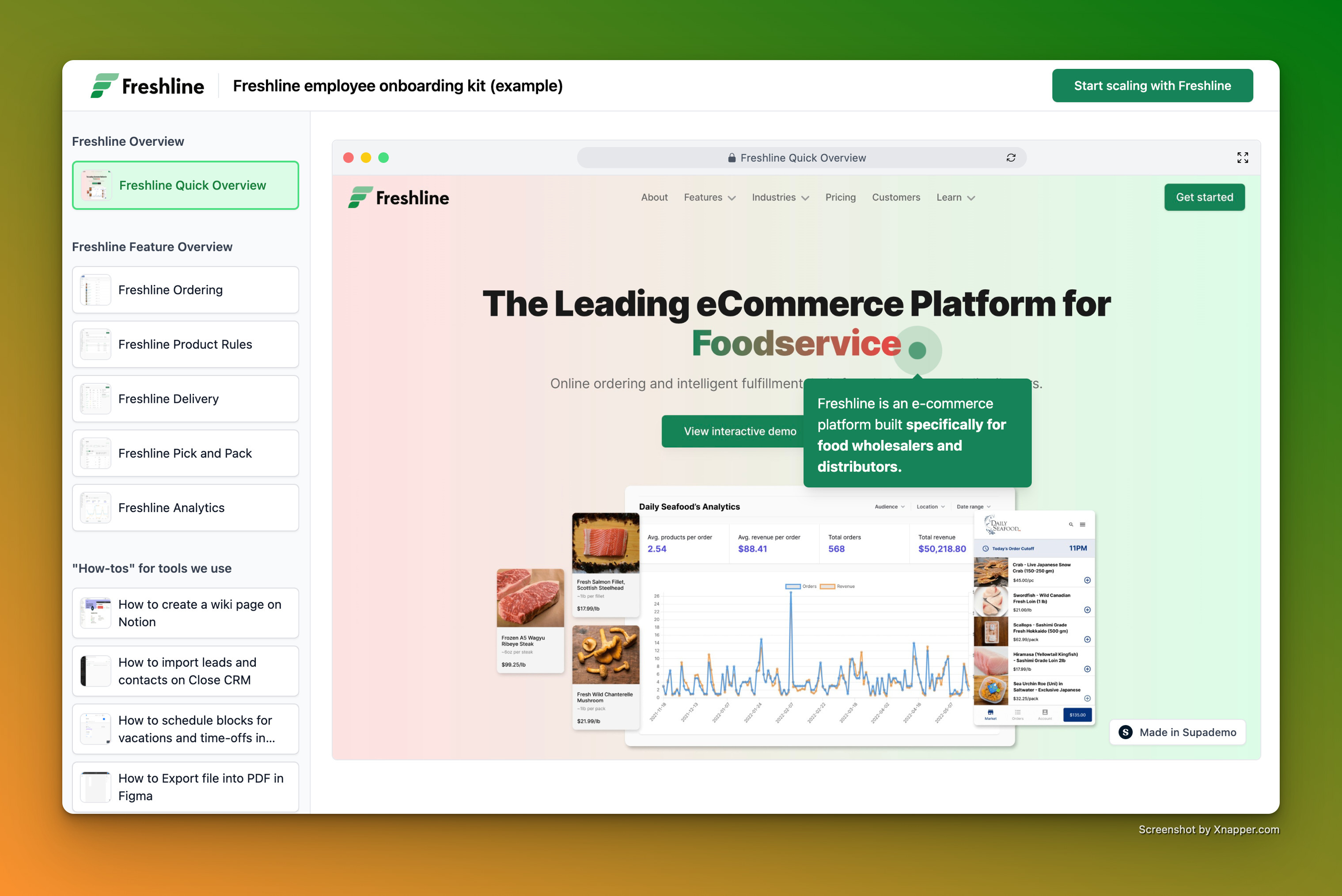Bar none, engineering talent is the most scarce resource in a startup.
Now try and narrow this even further to engineering talent who’s willing and prepared for the uncertainty and stress of building a tech startup. Now you have an even greater challenge.
Having gone through the gruelling, months-long process of co-founder matching and idea validation myself, I’ve unearthed clear steps to stand out in a sea of recruiter requests, “business plan pitches” and job offers that inundate an engineer’s inbox.
Here are the five actionable steps I deployed to increase the odds of finding the ideal technical co-founder:
1. Build in your zone of excellence
Instead of copying trends (generative AI, anyone?), try to double down on an idea or opportunity in which you’re a subject matter expert. For instance, have experience working in high-frequency trading? Oil and gas for 10 years?
Building in areas of expertise will not only give you an edge, but it’ll assure technical co-founders with a higher degree of conviction on your success probability.
When reaching out to potential co-founders, make sure you demonstrate how and why you’re a subject matter expert. You can achieve this by clearly articulating the pain point, growth opportunity, and how your experience/network makes you most apt to capitalize on it.
2. Create an interactive prototype


Taking a few hours to build out a prototype demonstrates some serious initiative and will set you apart from 99% of your competition. Creating an interactive prototype can be beneficial for two reasons:
- It forces you to think deeply about the benefits, features, and workflow of your product beyond just the macro idea;
- It illustrates your hypothesis in action and the opportunity space more clearly than just words, sketches, or diagrams;
Beyond searching for co-founders, a prototype will help you quickly validate (and invalidate) your assumptions quickly with prospective customers — helping you learn and pivot quickly.
This feedback can then be parlayed to create a greater sense of clarity on your future product roadmap, which can then be shared to create excitement and vision for your engineering counterparts.
3. Generate traction
There’s no way around this one. You’re creating a startup to generate revenue and customers. So it makes sense to prioritize this early and often, even before settling on a co-founder.
As a non-technical co-founder, your aim is to generate as much momentum as possible, in the form of customer interviews, signups, beta customers, letters of intent (LOIs), or commitments for trial usage.
Simply jot down everything you can do as a non-technical founder that will move the needle forward for your idea. Execute as many of these as possible and present outcomes to potential technical co-founders during your search.
Traction is a huge validator that will attract the right people.
To illustrate, here’s an example from Brian Armstrong (founder of Coinbase). Notice how he used steps 1–3 from this article to garner interest from technical co-founders:
- Brian is clearly building in his zone of excellence — he has experience and insights into the payment space and explains why it’s less than ideal;
- Brian has included a prototype to better illustrate the solution he wants to deliver;
- Brian has built up some semblance of traction — including market research, acceptance from an accelerator, and a prototype.

4. Apply for startup programs and advisors
If you don’t have esoteric industry knowledge or entrenched connections, consider applying to well-known startup programs to de-risk your venture.
Support from top accelerators like Techstars or Y-Combinator (or even lesser-known counterparts) will be a natural catalyst for attracting smart, driven engineering talent.
Alternatively, consider forming an informal board of established advisors or mentors who vouch for your idea’s viability and validate the market opportunity for your potential co-founders.
5. Reduce the perception of commitment
As mentioned earlier, technical co-founders are constantly inundated with requests and opportunities from startups, investors, and recruiters.
Make it easy for them to commit by starting with an informal relationship, assuring them that the partnership is a non-binding, non-exclusive agreement to start off.
Think of this opportunity as a way to build a community of smart, forward-thinking potential founders, instead of forcing conformity from the start.
In practice, this could be starting with a small brainstorming session (i.e. a commitment of 1-hour meetings weekly) that can be used to audition your business skills, competency, and execution. Remember — you’re effectively a recruiter at this stage, so continue to repeat steps 1–4 from this article to gain traction, build trust, and de-risk the opportunity for your technical co-founder.


